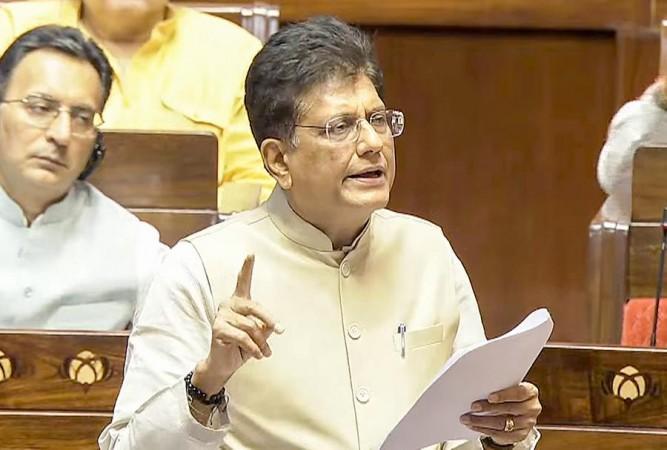
The Production Linked Incentive (PLI) scheme has emerged as a cornerstone of India's strategy to enhance its manufacturing sector and boost exports. As of July, the scheme has approved 806 applications across 14 sectors, with a total disbursal of Rs 21,689 crore in incentives since its inception. This initiative, as reported to the Parliament, underscores the government's commitment to strengthening the industrial base and enhancing global competitiveness.
With an ambitious outlay of Rs 1.97 lakh crore, the PLI scheme is designed to attract large-scale investments and make Indian industries globally competitive. Commerce and Industry Minister Piyush Goyal, in a written reply to the Lok Sabha, highlighted the scheme's success in realizing investments worth Rs 1.90 lakh crore by June. This has resulted in incremental production and sales exceeding Rs 17 lakh crore, with exports surpassing Rs 7.5 lakh crore. The scheme has also been instrumental in creating over 12.3 lakh direct and indirect jobs across the nation.

Among the sectors benefiting from the PLI scheme, electronics and pharmaceuticals have emerged as major beneficiaries. The production of mobile phones, for instance, has witnessed a remarkable growth of 146% in value terms between 2020-21 and 2024-25. Exports of mobile phones have surged nearly eightfold, from Rs 22,870 crore in 2020-21 to Rs 2 lakh crore in 2024-25. The pharmaceutical sector, too, has reported cumulative sales of Rs 2.66 lakh crore over three years, with exports accounting for Rs 1.70 lakh crore. Notably, India has transitioned from being a net importer of bulk drugs to a net exporter during this period.
The government has introduced several measures to ensure the timely support and success of the PLI scheme. These include quarterly disbursement of claims, online application systems, simplified compliance requirements, and faster regulatory approvals. Such initiatives have facilitated the scheme's widespread impact, with visible gains in production, exports, and employment across various sectors.
Moreover, the PLI scheme's focus on technology-driven sectors aligns with India's broader vision of becoming a global technology hub. Events like SEMICON India 2024, which brought together global leaders in the semiconductor space, underscore India's commitment to fostering innovation and sustainability. The semiconductor ecosystem, with significant investments and projects, is poised to play a crucial role in India's technological advancement.
The PLI scheme's impact on the automobile sector is also noteworthy. With the approval of multiple models under the scheme, companies like Ola Electric are poised to drive growth in the electric vehicle (EV) segment. However, challenges remain, as highlighted by reports of design and software issues in some models. Addressing these challenges will be crucial to ensuring the scheme's long-term success and maintaining consumer trust.
The Production Linked Incentive scheme represents a transformative approach to enhancing India's manufacturing capabilities and global competitiveness. By providing targeted incentives and fostering a supportive regulatory environment, the scheme has catalyzed significant investments, production, and exports across key sectors. As India continues to navigate global challenges and opportunities, the PLI scheme stands as a testament to the country's commitment to economic growth, self-reliance, and technological advancement.















